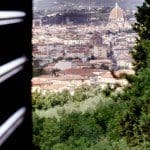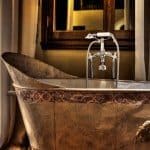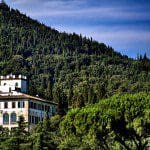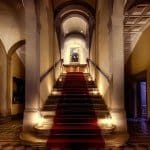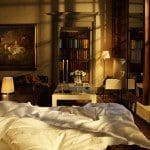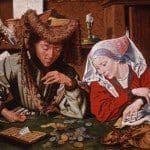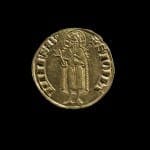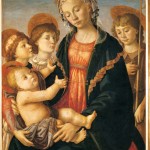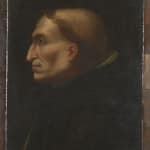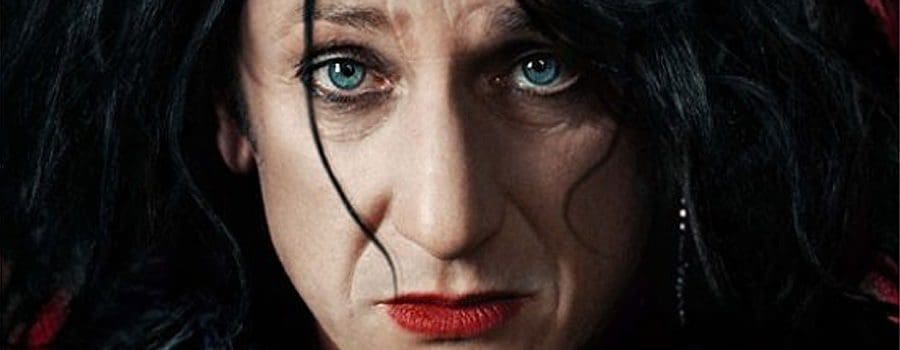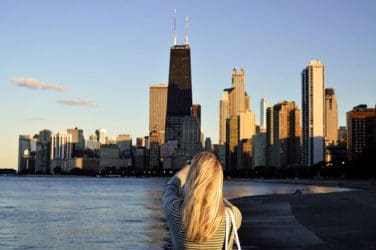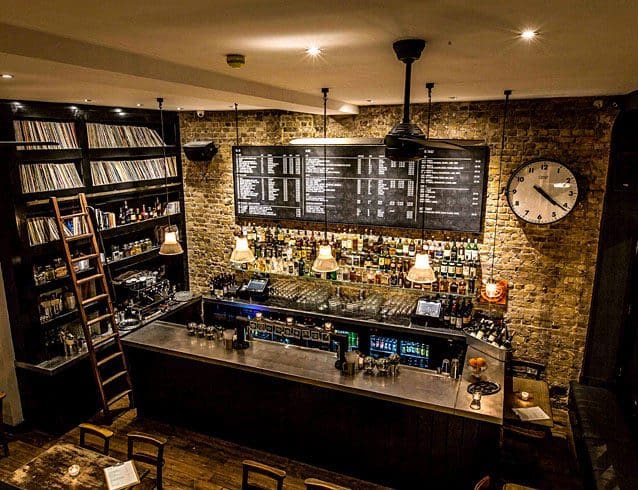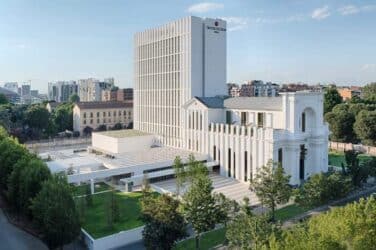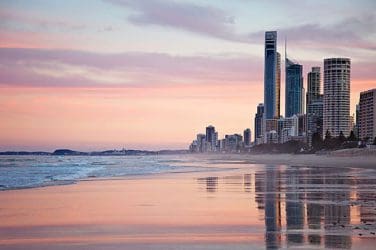Renaissance boom and bust – see the beautifully timed ‘Money and Beauty – Bankers, Botticelli and the Bonfire of the Vanities’ in Florence this autumn, and live the Renaissance dream for a few days at least at the opulent 15th century Italian villa, Il Salviatino.
We are going through a tumultuous economic age and whenever it feels like there is light at the end of the tunnel, another wobbler is thrown right at us making us feel like Chicken Licken when he got hit by the acorn. Whether it turns out the world as we know it really is falling in, the way we view the banking system will – like the way we view politicians and journalists after the Expenses and Phone Hacking scandals – never be the same again.
The current economic backdrop is a fantastic time for the launch of a show at the Palazzo Strozzi in Florence this autumn – . ‘Money and Beauty – Bankers, Botticelli and the Bonfire of the Vanities’– a look at the struggles between the early banking system and the art movement of an earlier age and the hidden relationship between art, power and money. The seeds of the modern banking system were sown in Renaissance Florence, triggering an economic boom and the cultural reconstruction of Europe, forcing the continent out of the Middle Ages. The Medici and other major families created an environment where artists were able to flourish. ‘Money and Beauty – Bankers, Botticelli and the Bonfire of the Vanities’ takes visitors on a journey to the roots of Florentine power in Europe, exploring how the city came to dominate the world of trade and business 500 years before modern communication methods were invented, and through this, finance the Renaissance.
It also looks at how the era of the great Florentine families was weakened with the emergence of the Dominican friar, Savonarola. In a reflection of the current demise of our trust in the banking system, the sheer wealth on show bred resentment alongside the growing misery of the Italian people. The rise of Savonarola culminated in the literal ‘Bonfire of the Vanities’ that destroyed many works of art alongside statues, books, cosmetics, clothing and musical instruments.
Central to the story on show are masterpieces from the cream of the Renaissance artists, including Botticelli, Beato Angelico, Piero del Pollaiolo, the Della Robbia family, Memling and Lorenzo di Credi, commissioned by the great banking families. The exhibition also depicts bankers’ daily lives in Renaissance Florence, alongside an array of multimedia tools to show how trade was conducted and how money moved throughout the known world before the age of modern communication.
If you feel like living the Renaissance dream, the wonderfully restored 15th century villa Il Salviatino has teamed up with the exhibition venue, Palazzo Strozzi, to offer visitors a real taste of old Florentine opulence. Il Salviatino began life in the 14th century as a modest farmhouse. In 1427 it was purchased by the Bardis, one of the influential banking families in Florence, who rebuilt it in palatial fashion. The powerful wool Salviati family took ownership in the 16th century and began a restoration project that added frescoes and sumptuous furnishings, and established the name, Il Salviatino. Subsequent owners added a medieval style crenellated tower, a large central staircase, grand cinquecento portals, an Italian terraced garden and conservatories, which are now fully restored.
The villa is located within the sloping hills of Fiesole, only moments from the city of Florence and is breathtakingly full of artwork, frescoes, architectural details, and wonderful furnishings. If you would like to feel like Cosimo Medici (with all mod cons of course) the villa is offering a ‘Money & Beauty’ break which includes limousine airport transfers, a two night stay at the villa inclusive of a la carte breakfast, gourmet dinner and entrance to the Money & Beauty exhibition with an English speaking guide. You could also take the opportunity to visit Florence’s famous Uffizi gallery which houses the core of the Medici art collections, and some of the other wonderful Florentine galleries of Renaissance art.


